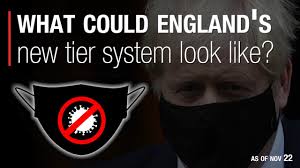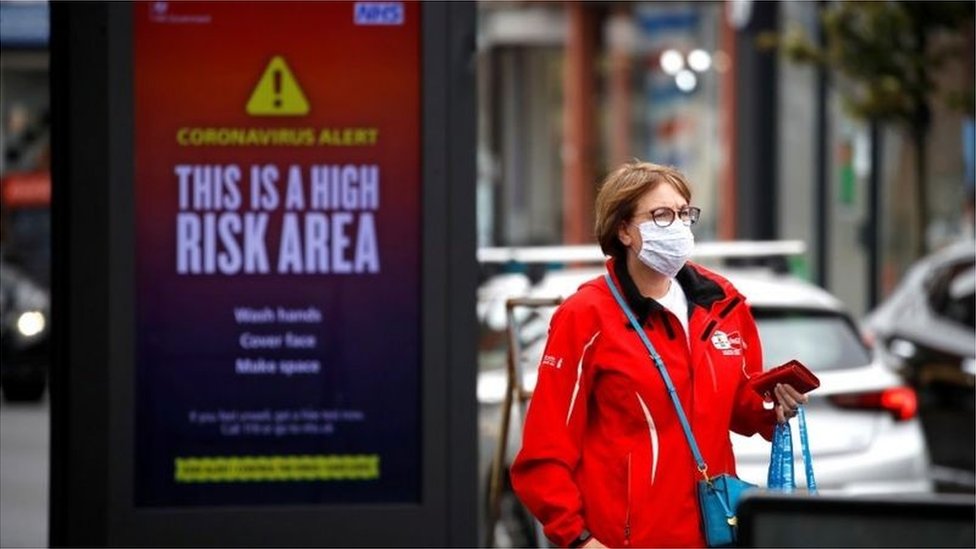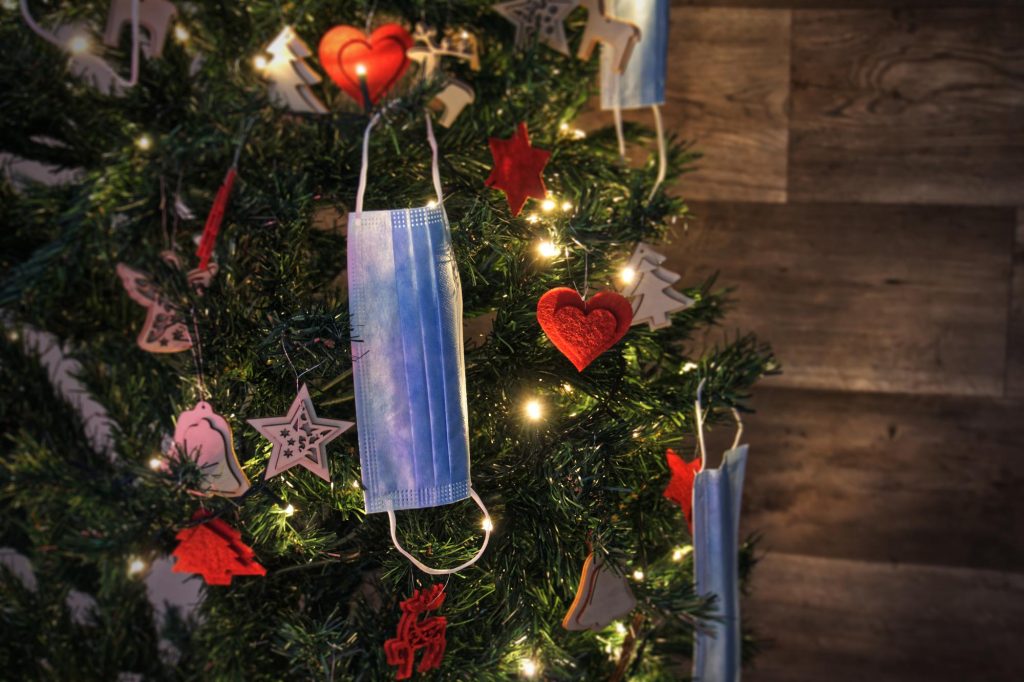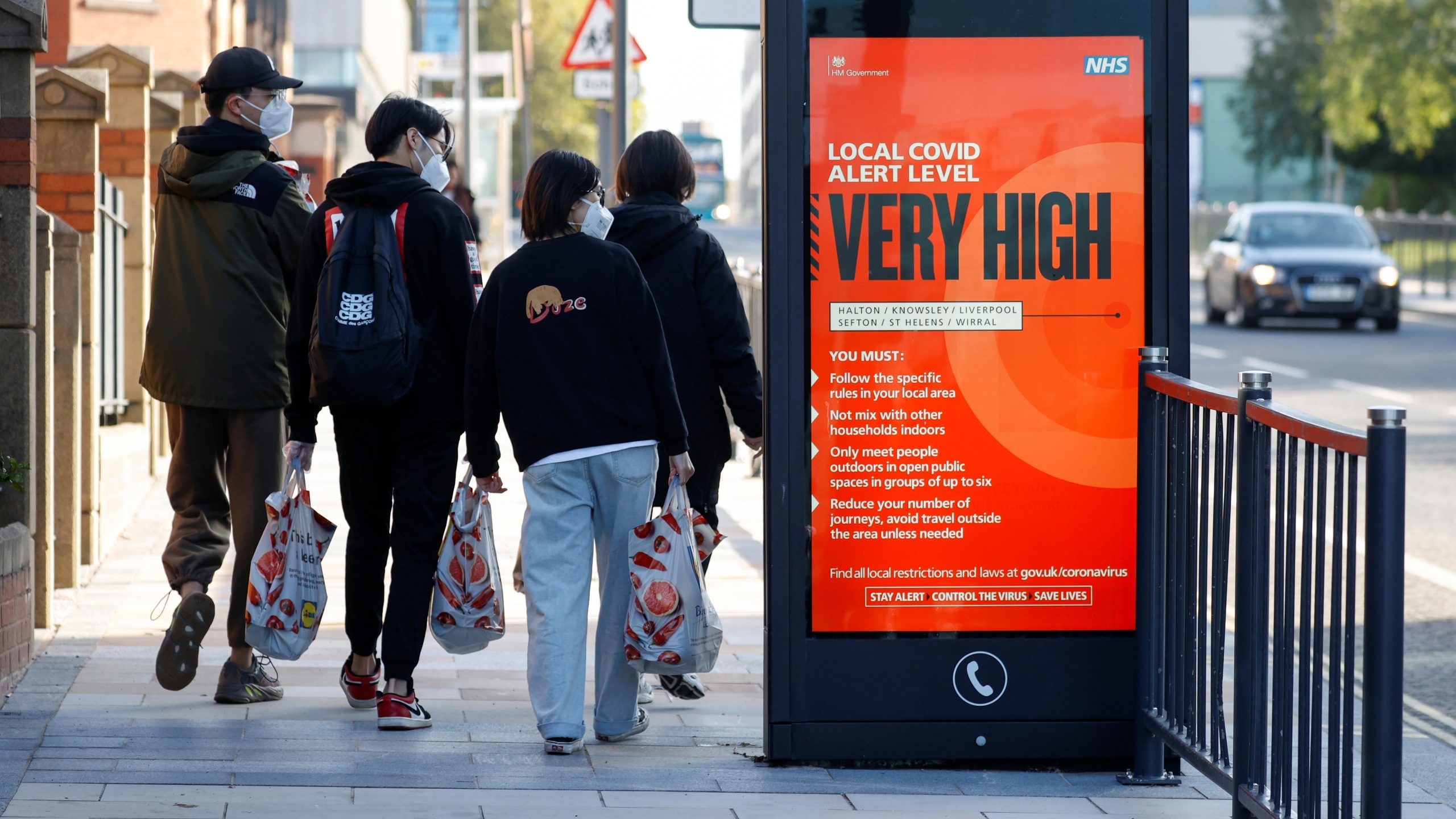Top ‘tier’ system implemented by Boris! – Ellie Hewes
This week, England emerged from its four-week lockdown and has now been plunged into a ‘three tier system’, which aims to reduce the spread of the ever-present pandemic. So what is this ‘three tier system’ and what does it involve?

The government has decided to place all areas of England into different tiers, depending on a number of factors, including the number of cases, the rate at which this number changes and the pressure on the NHS. The three tiers have been labelled, ‘medium’, ‘high’ and ‘very high’, with the majority of England being placed into tiers two and three. Every two weeks, the tiers in all areas will be evaluated, with changes possibly being made. So which area is in what tier and what restrictions have been placed on them?
In tier one (also labelled as ‘medium’), there are only three areas, which include the Isle of Wight, Cornwall and the Isles of Scilly. In these areas, only six people can meet indoors and outdoors and spectator sports can continue, with a crowd of 50% capacity, or 4000 spectators (depending on which is smaller). In tier two (also labelled as ‘high’), there are many areas, such as Cumbria, Liverpool, York, Northamptonshire, Suffolk, Cambridgeshire, Norfolk, Essex, all 32 boroughs of London (and the city of London), Sussex, Reading, Portsmouth, Oxfordshire, Somerset, Bath, Gloucestershire and Devon (to name a few!) In this tier, you cannot socialise with anybody indoors who is not in your support bubble, however, you can meet with a group outdoors (the maximum number being six). If Covid-secure, shops and gyms can open, as can pubs and bars if they are serving meals. Sport can resume with 50% capacity or 2000 spectators and non-essential foreign travel is allowed. Lastly, those in tier three (labelled as ‘very high’) include areas such as Newcastle, Durham, Manchester, Lancashire, South and West Yorkshire, Birmingham, Nottinghamshire, Kent, Bristol and more. In this tier, you cannot meet with anybody you do not live with, or who is not in your support bubble in private gardens or pub gardens. However, you can meet with a group of up to six if you are situated in a park or in another open public space, such as the beach. The shops and gyms can reopen if Covid-secure, however, restaurants will remain closed. There will be no spectator sport and people are advised not to travel.

It is believed that at Christmas, the restrictions will be eased to allow people to meet with a slightly larger group of friends and family. Across the UK, it is hoped that people will be able to form bubbles of three households over a five day period, starting on 23rd December in England. If in a bubble, these people can stay overnight and mix in private homes. There will also be no travel restrictions, however you cannot go to the pub or a restaurant with those from your bubble. Some Christmas traditions will also be allowed in England, such as door-to-door carol singing, with up to six people and the opening of Santa’s grottos will continue (with social distancing). However Boris Johnson has said that the virus will not just expire because it is Christmas, therefore we still need to be careful. It will be interesting to see how this easing of restrictions will impact the spread of the pandemic into 2021.
















Post Comment
You must be logged in to post a comment.